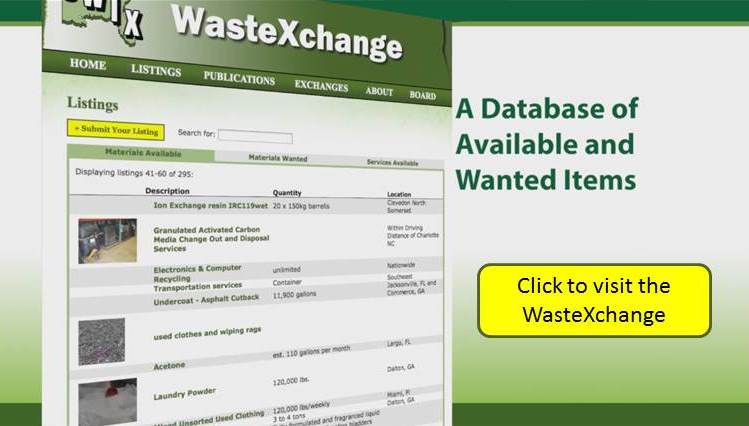Reducing Food Waste for Business

Reducing Food Waste for Business: Food Waste Basics
More food reaches landfills and incinerators than any other single material in municipal solid waste (MSW). In 2012 alone, more than 36 million tons of food waste was generated, with only five percent diverted from landfills and incinerators for composting.
How Can I Divert Food From Landfills?
- Source Reduction/Prevention
Preventing food waste before it is created
- Feeding People
Donating fresh, wholesome food to those in need
- Feeding Animals
Feeding safe, fresh food scraps to animals like pig farms
- Industrial Uses
Rendering fats, oils, and grease and turning it into products or biofuel
- Composting
Turning food waste into a valuable soil amendment
- Anaerobic Digestion
Turning food waste into renewable energy and a valuable soil amendment
Why Divert Food Waste From Landfills?
Reducing the amount of food wasted has significant economic, social & environmental benefits:
Environmental Benefits
- Reduce Methane From Landfills – When food is disposed in a landfill it rots and becomes a significant source of methane – a potent greenhouse gas with 21 times the global warming potential of carbon dioxide. Landfills are a major source of human-related methane in the United States, accounting for more than 20 percent of all methane emissions.
- Reduce Resource Use Associated with Food Production – There are many resources needed to grow food, including water, fertilizers, pesticides, and energy. By wasting food, you are also wasting the resources that went into growing it. Additionally, the 2009 report, Opportunities to Reduce Greenhouse Gas Emissions through Materials and Land Management Practices (PDF) , shows that approximately 13 percent of greenhouse gases in the United States are associated with growing, manufacturing, transporting, and disposing of food. By reducing the amount of food wasted, we can reduce greenhouse gas emissions.
- Create A Valuable Soil Amendment – Recycling food waste and turning it into compost has many environmental benefits such as improving soil health and structure; increasing drought resistance; and reducing the need for supplemental water, fertilizers, and pesticides. Food waste can also be turned into renewable energy and a soil amendment through anaerobic digestion.
- Improve Sanitation, Public Safety, and Health at Your Facility – Food waste dumped in standard trash cans and dumpsters in the back alley of a home, store or restaurant can generate bad odors and attract rodents or insects. Placing food scraps in a closed, leak-proof, durable, and reusable container, and having it frequently emptied for donation or composting can significantly reduce, and even eliminate these problems.
Economic Benefits
- Lower Disposal Costs – By decreasing the amount of food wasted, businesses pay less to dispose of their trash. Some haulers charge less if the food waste is separated from the trash and sent for composting rather than landfilling.
- Reduce Over-Purchasing and Labor Costs – By making strides to prevent food waste, businesses can reduce costs by purchasing only the food that will be used, or decreasing improperly prepared foods. Additionally, reducing food waste can increase staff efficiency and reduce energy and labor associated with disposing of food.
- Receive Tax Benefits by Donating Food – By donating wholesome and edible food to food banks or food rescue organizations, businesses can claim tax benefits as well as feed those in need.
Social Benefits
- Feed People, Not Landfills – An estimated 50 million Americans do not have access to enough food. Organizations can donate safe and healthy food to a food bank or food rescue organization and both reduce food sent to landfills and feed those in need.
Content Courtesy of: US EPA – Resource Conservation: Food Waste
NEED ASSISTANCE WITH RECYCLING?
WE SPECIALIZE IN WASTE REDUCTION AND DIVERSION
OUR OFFICE SERVES TO
REDUCE WASTE DISPOSAL COSTS
CONTACT 800-441-7949
Posted in: Uncategorized
Leave a Comment (0) ↓
